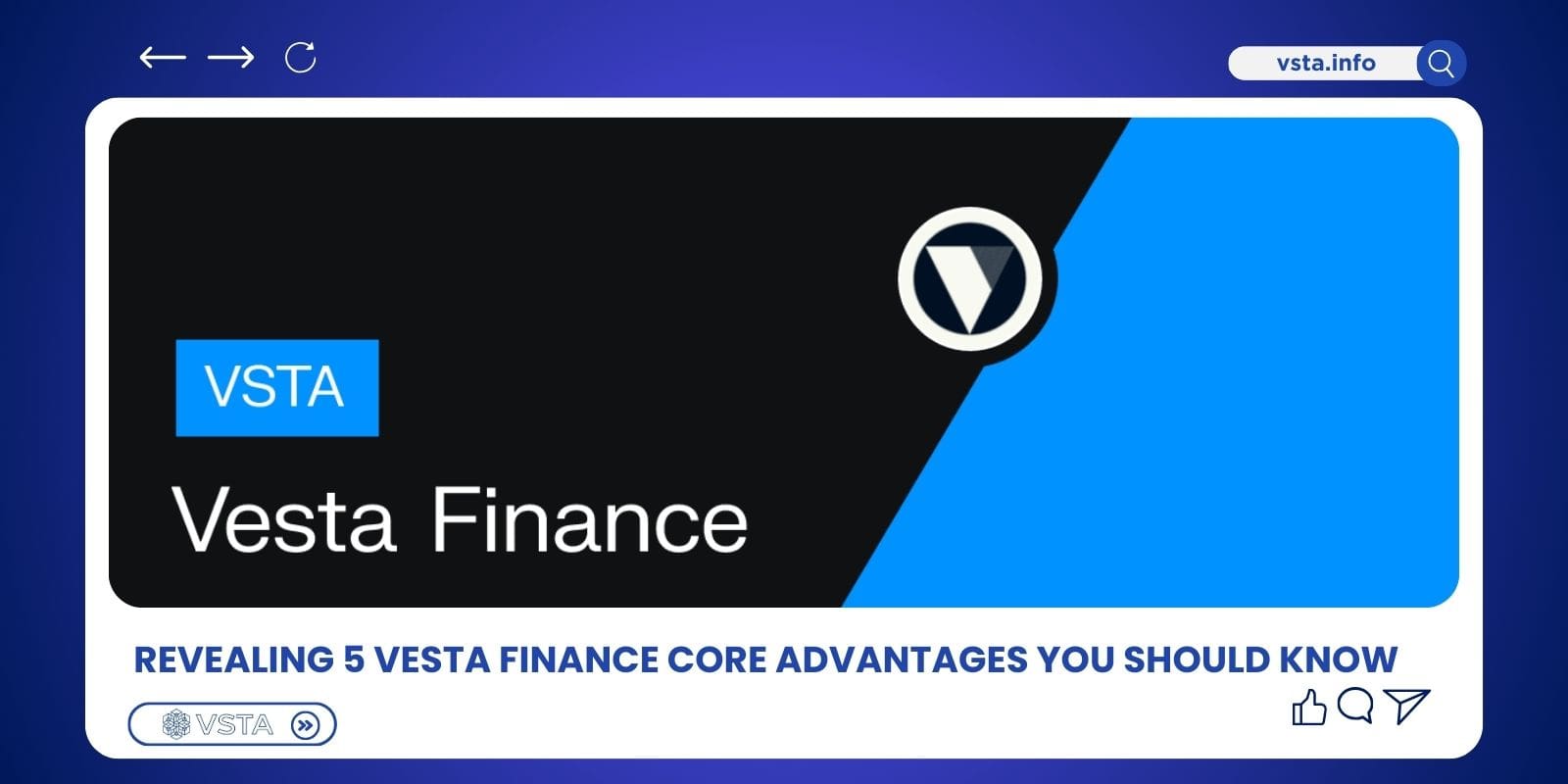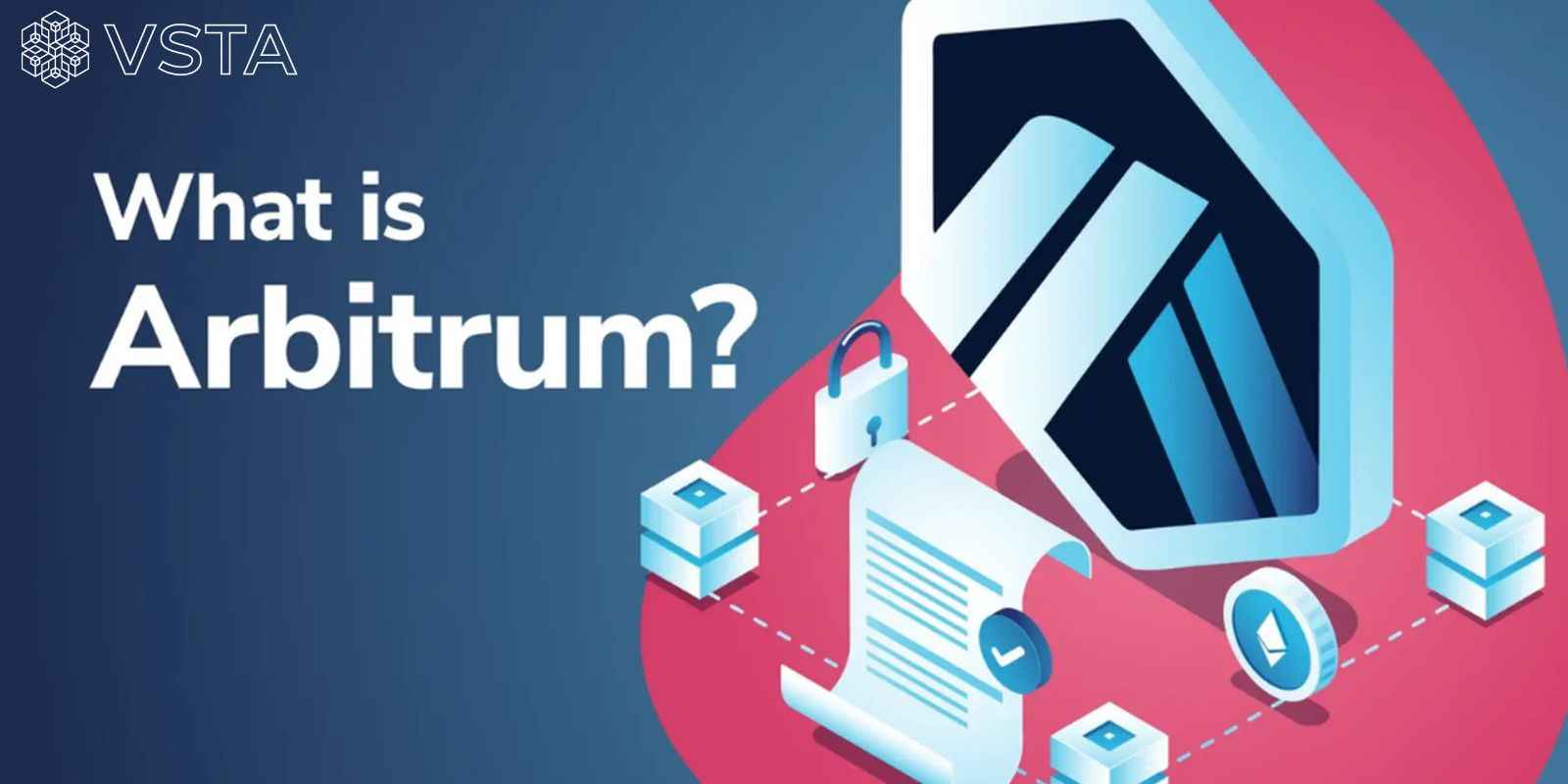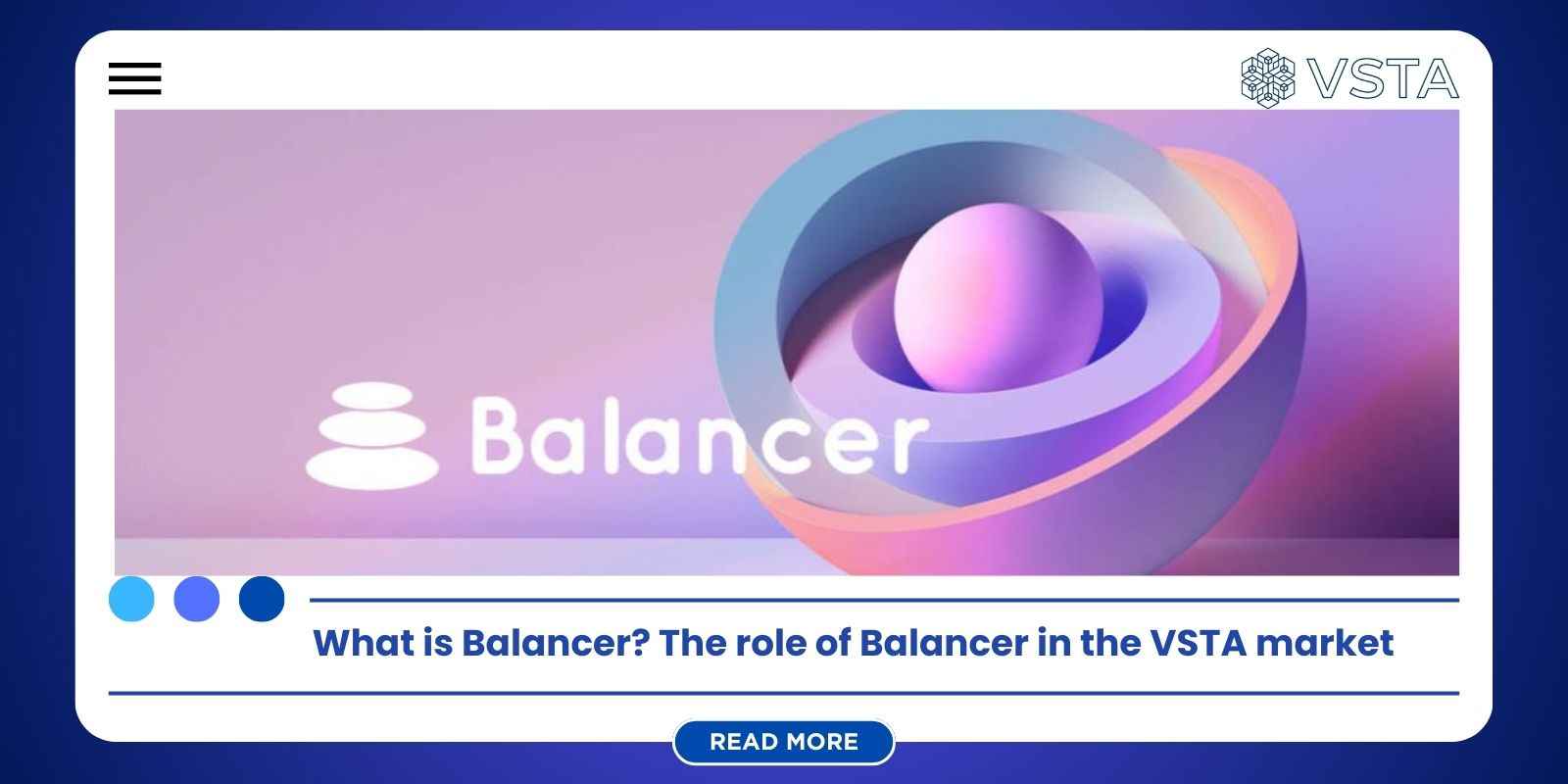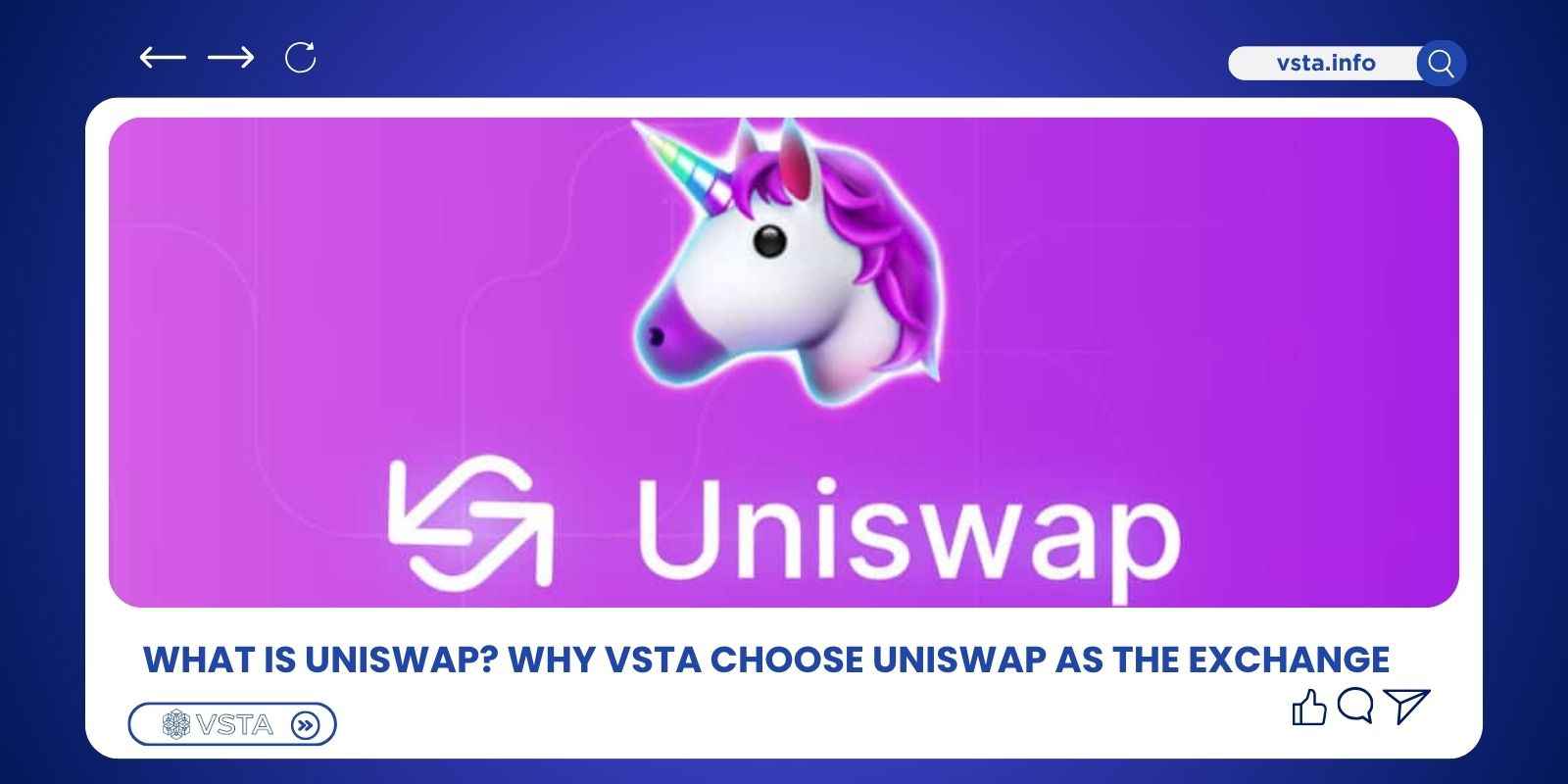Vesta Finance (VSTA) is a DeFi protocol built on Arbitrum Layer 2, allowing users to borrow stablecoins, stake, and provide liquidity at low cost. What makes it stand out is the wide range of superior advantages that few competitors can match. So, what are Vesta Finance core advantages and why should you know about them? Let’s explore the detailed article below with VSTA!
What is Vesta Finance (VSTA) and How Does It Work?
Before exploring Vesta Finance core advantages, it’s important to understand some basic information about VSTA.
Definition of Vesta Finance (VSTA)
Vesta Finance, or VSTA for short, is a DeFi platform that allows users to borrow against their crypto assets. It issues VST, a collateral-backed stablecoin, which can be minted by depositing supported cryptocurrencies and borrowing against them. Users can fully participate in the Vesta Finance ecosystem by using borrowed or purchased VST to contribute to stability pools, with the goal of earning profits while minimizing risks.
How Vesta Finance (VSTA) Works
Vesta Finance operates like a decentralized bank, enabling users to borrow the stablecoin VST by collateralizing their cryptocurrencies. When you deposit ETH or other assets into the system, they are locked in a “vault.” Based on the collateral, you can then issue VST — a stablecoin designed to maintain a value close to 1 USD.
The operating principle is over-collateralization, meaning the value of your locked assets must always exceed the amount of VST you mint. The minimum safety ratio is 110%. For example, if an investor deposits $1,000 worth of ETH, they can borrow a maximum of about 909 VST. If the collateral value falls below the 110% threshold, the system will liquidate it to maintain stability.
Additionally, borrowing VST incurs a variable interest fee (adjusted algorithmically). When the debt is repaid, the corresponding VST is burned to maintain supply-demand balance. The Vesta system also integrates decentralized oracles to update asset prices in real time, ensuring the safety of the entire mechanism.
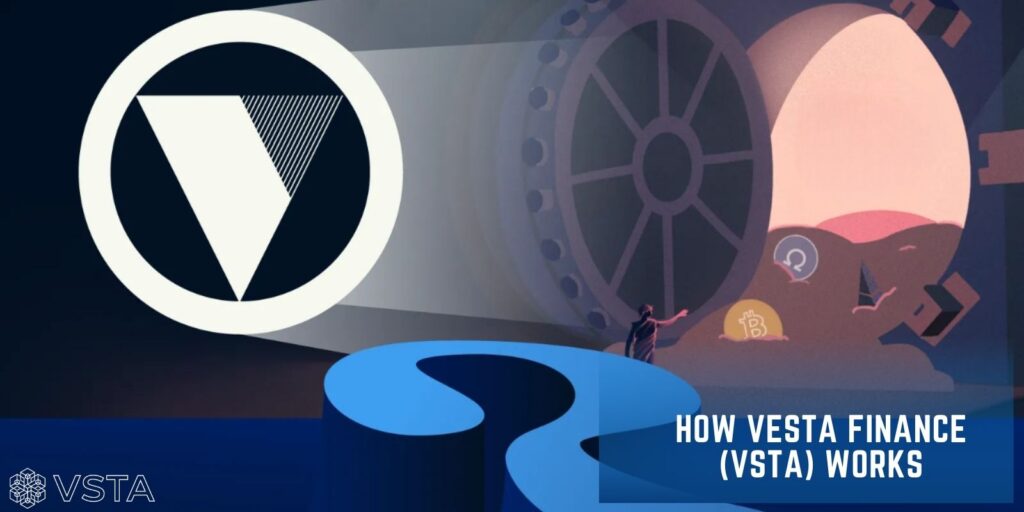
5 Vesta Finance Core Advantages You Should Know
Below are the 5 Vesta Finance core advantages you should know. Many users compare the Vesta Finance (VSTA) ecosystem in DeFi to highlight its standout strengths: low cost – secure – transparent – profitable – flexible.
Low Transaction Fees Thanks to Arbitrum
Vesta Finance is built on Arbitrum Layer 2, which is well-known for fast transaction processing and extremely low fees. Compared to Ethereum mainnet, where each transaction can cost several dollars or even tens of dollars, Arbitrum significantly reduces expenses.
This advantage allows users to optimize capital costs when borrowing or repaying VST. Activities such as staking and liquidity provision also become feasible even for small retail investors, removing the barrier of high gas fees. As a result, this core advantage of Vesta Finance makes the platform accessible to all types of users, from individuals to institutions.
Stable and Decentralized VST Stablecoin
What sets Vesta apart from many other DeFi projects is its own stablecoin, VST. VST is issued based on an over-collateralization mechanism, meaning the value of locked assets must always exceed the amount of VST minted.
VST maintains a value close to 1 USD, making it a safe tool for use or trading. Users can unlock liquidity without having to sell their core assets such as ETH or GMX. Since VST is a decentralized stablecoin, it does not rely on banks or intermediaries, which enhances transparency and reduces the risk of centralized control.
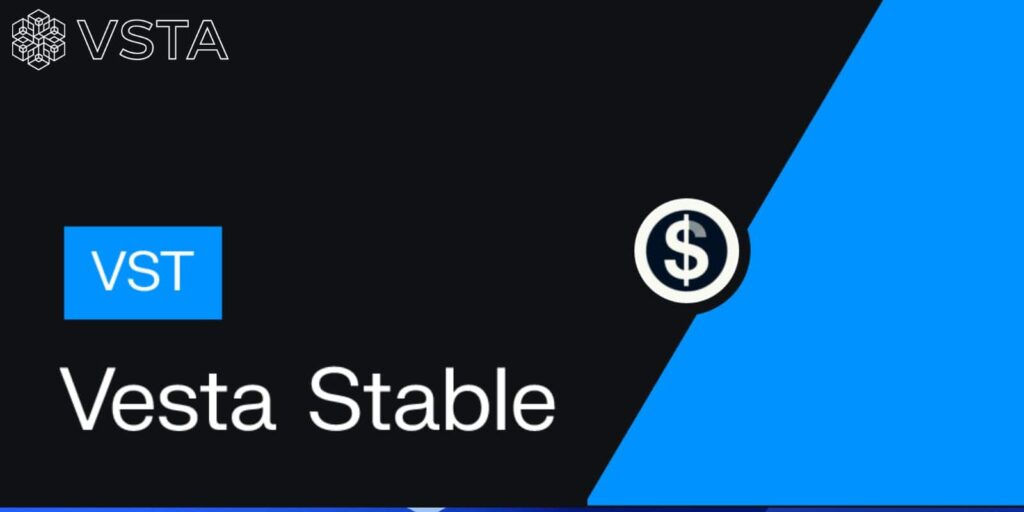
Vesta Finance core advantages – Staking Opportunities and Attractive Rewards
In addition to borrowing VST, users can also stake VSTA tokens to earn rewards. This creates a passive income stream for holders. Providing liquidity (LP) into pools generates dual benefits — earning trading fees as well as receiving system incentives.
Staking and liquidity provision not only bring profits but also strengthen the Vesta ecosystem by maintaining stablecoin performance and protocol stability. It’s a true “win–win” mechanism: users gain additional income, while the platform ensures sustainable liquidity.
Transparency and Community Governance
All activities within Vesta Finance take place on-chain, meaning they are 100% transparent and verifiable by anyone. This is completely different from centralized organizations, where users are forced to “trust” promises.
More importantly, the VSTA token carries governance functions, allowing holders to vote on key parameters (collateral ratios, supported assets, fee levels, etc.). Power is distributed to the community rather than concentrated in a single development team. This foundation of true decentralization reassures users that they have both a voice and control.

Support for Multiple Collateral Assets
Initially, many DeFi protocols only allowed ETH as collateral. However, Vesta Finance has expanded to support multiple assets such as GMX, gOHM, and DPX. This flexibility enables users to leverage a variety of assets to borrow VST.
At the same time, it increases accessibility without being limited to a single token group, helping Vesta Finance attract communities from different projects. Moreover, the ecosystem is not dependent on just one asset, making it more resilient.
Comparison of Vesta Finance Core Advantages with Aave and MakerDAO
| Criteria | Vesta Finance (VSTA) | Aave | MakerDAO |
| Field of Operation | DeFi on Arbitrum, borrowing stablecoin VST | Multi-asset lending/borrowing protocol | Issuance of DAI stablecoin on Ethereum |
| Native Stablecoin | Yes – VST (decentralized, over-collateralized) | No native stablecoin | Yes – DAI (decentralized, long-established) |
| Transaction Fees | Low, thanks to Arbitrum Layer 2 | Higher (if using Ethereum mainnet) | High (Ethereum mainnet) |
| Collateral Assets | ETH, GMX, gOHM, DPX, and more | Supports hundreds of different tokens | Mainly ETH and other popular assets |
| Profit Opportunities | Staking VSTA, providing liquidity, yield farming | Lending, borrowing, flash loans, staking aTokens | Stability fee, farming through DAI |
| Community Governance | VSTA token (DAO, on-chain voting) | AAVE token (governance) | MKR token (governance) |
| Key Strengths | Stablecoin VST + low fees on Arbitrum | Wide asset support, pioneer in flash loans | DAI’s credibility, widely accepted stablecoin |
Who is Vesta Finance Suitable For?
Thanks to its many core advantages, Vesta Finance (VSTA) is suitable for various groups of users in the DeFi ecosystem — especially those who want to take advantage of low fees and a secure stablecoin.
- Investors seeking passive income: With staking VSTA and providing liquidity, users can generate stable revenue streams while strengthening the system’s liquidity. This is one of the standout Vesta Finance core advantages compared to many other protocols.
- Traders needing low-cost capital to maximize trading efficiency: The mechanism of borrowing the VST stablecoin with low fees on Arbitrum allows traders to leverage capital effectively without bearing the high costs of the Ethereum mainnet.
- Users looking to access a decentralized stablecoin: Vesta Finance’s native stablecoin (VST) maintains stability near 1 USD, helping users manage risk and optimize capital. This is a clear demonstration of Vesta’s core advantage in balancing safety with practical utility.
Conclusion
This article has highlighted the Vesta Finance core advantages, along with a comparison of Vesta Finance (VSTA) against Aave and MakerDAO. These insights help users better understand and choose the platform that fits their needs. Hopefully, this information will help minimize risks during the investment process. If you need further clarification after reading, don’t hesitate to contact us right away!
